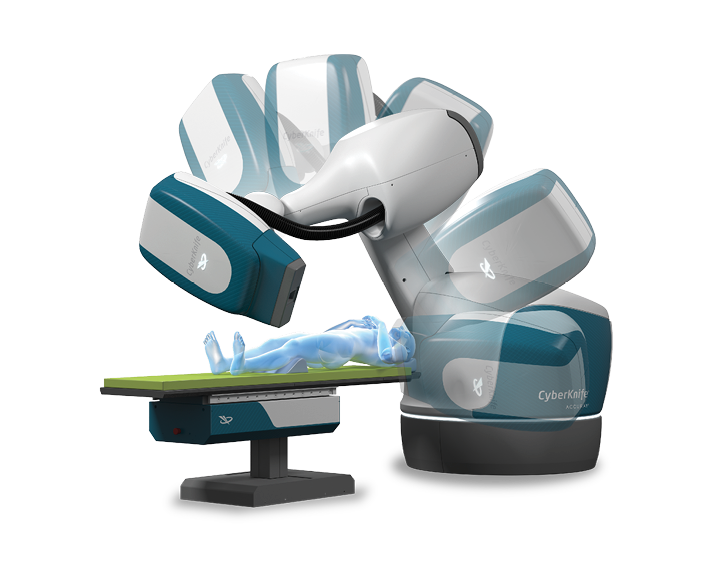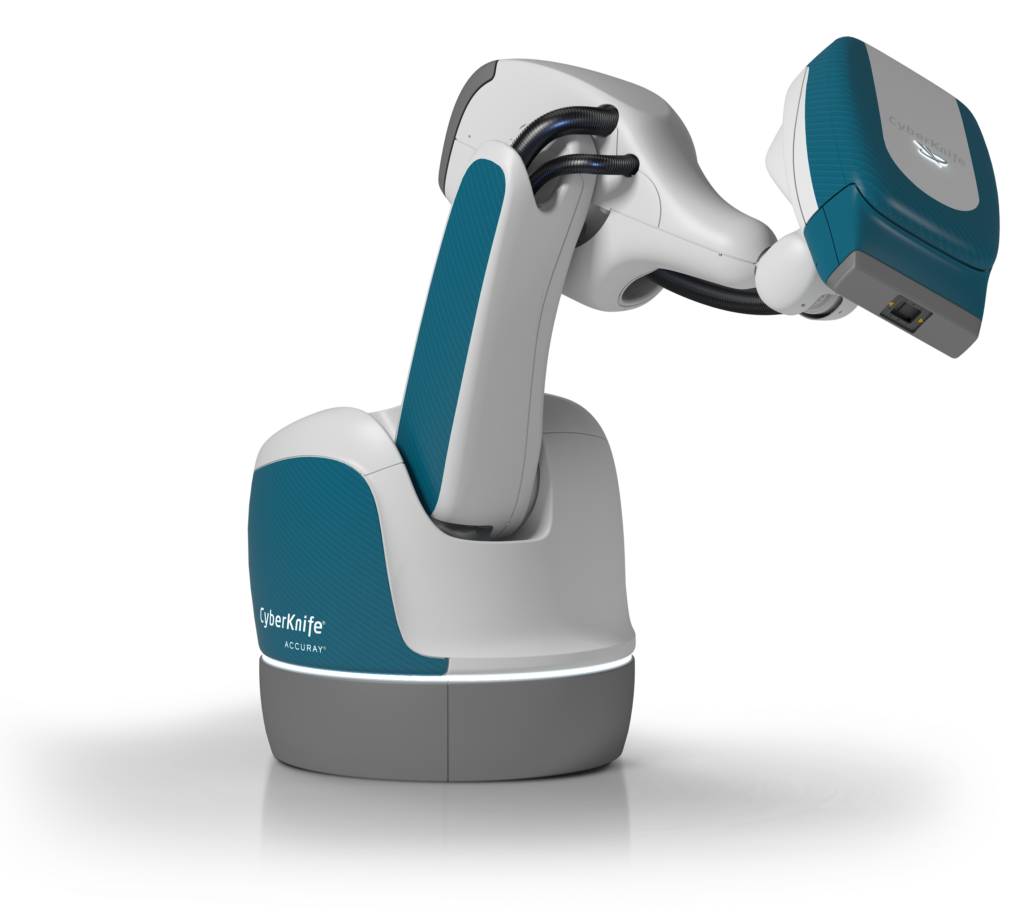References:
1 Meier. R. et al. Five-Year Outcome From a Multicenter Trial of Stereotactic Body Radiation Therapy for Low- and Intermediate-Risk Prostate Cancer. http://dx.doi.org/10.1016/j.ijrobp.2016.06.094
Fuller D.B., et. al. 5-year outcomes from a prospective multi-institutional trial of heterogeneous dosing stereotactic body radiotherapy (SBRT) for low- and intermediate-risk prostate cancer. J Clin Oncol 35. 2017; 6S;35
2 Zelefsky M.J., Chan H et al. Long-term outcome of high dose intensity modulated radiation therapy for patients with clinically localized prostate cancer. J Urol 2006; 176:1415-9.
Cheung R., Tucker S.L. et al. Dose-Response Characteristics of Low- and Intermediate-Risk Prostate Cancer Treated with External Beam Radiotherapy. Int J Radiat Oncol Biol Phys 2005; 61(4): 993-1002.
Lawton CA, DeSilvio M, Lee WR, et al. Results of a phase II trial of transrectal ultrasound-guided permanent radioactive implantation of the prostate for definitive management of localized adenocarcinoma of the prostate (radiation therapy oncology group 98-05). Int J Radiat Oncol Biol Phys 67:39-47, 2007.
Taira AV, Merrick GS, Galbreath RW, et al. Natural history of clinically staged low-and intermediate-risk prostate cancer treated with monotherapeutic permanent interstitial brachytherapy. Int J Radiat Oncol Biol Phys 76:349-54, 2010.
Demanes D. J. et al. High dose rate monotherapy: safe and effective brachytherapy for patients with localized prostate cancer. Int J Radiat Oncol Biol Phys 81(5): 1286-1292, 2011.
Michalski JM, Moughan J, Purdy J, et al. A randomized trial of 79.2 Gy versus 70.2 Gy radiation therapy (RT) for localized prostate cancer. J Clin Oncol 33(S7): abstr4, 2015.
Spratt DE, Pei X, Yamada J, et al. Long-term survival and toxicity in patients treated with high-dose intensity modulated radiation therapy for localized prostate cancer. Int J Radiat Oncol Biol Phys 85:686–92, 2013.
3 Yu, C., Main, W., Taylor, D., Kuduvalli, G., Apuzzo, M. L., Adler. J.R. Jr. An anthropomorphic phantom study of the accuracy of CyberKnife spinal radiosurgery. Neurosurgery. 2004 55(5):1138-49.
Antypas C. and Pantelis E. Performance evaluation of a CyberKnife G4
image-guided robotic stereotactic radiosurgery system. Phys Med Biol
2008;53:4697-4718
Drexler and Furweger. Quality assurance of a robotic, image guided radiosurgery system. WC 2009, IFMBE Proceedings 25/I, 492-495, 2009
Kilby. W. et al. The CyberKnife Robotic Radiosurgery system in 2010. TCRT 2010;9(5):433-452
4 CyberKnife Coalition patient survey: 304 patients that received SBRT to treat prostate cancer. 2010



